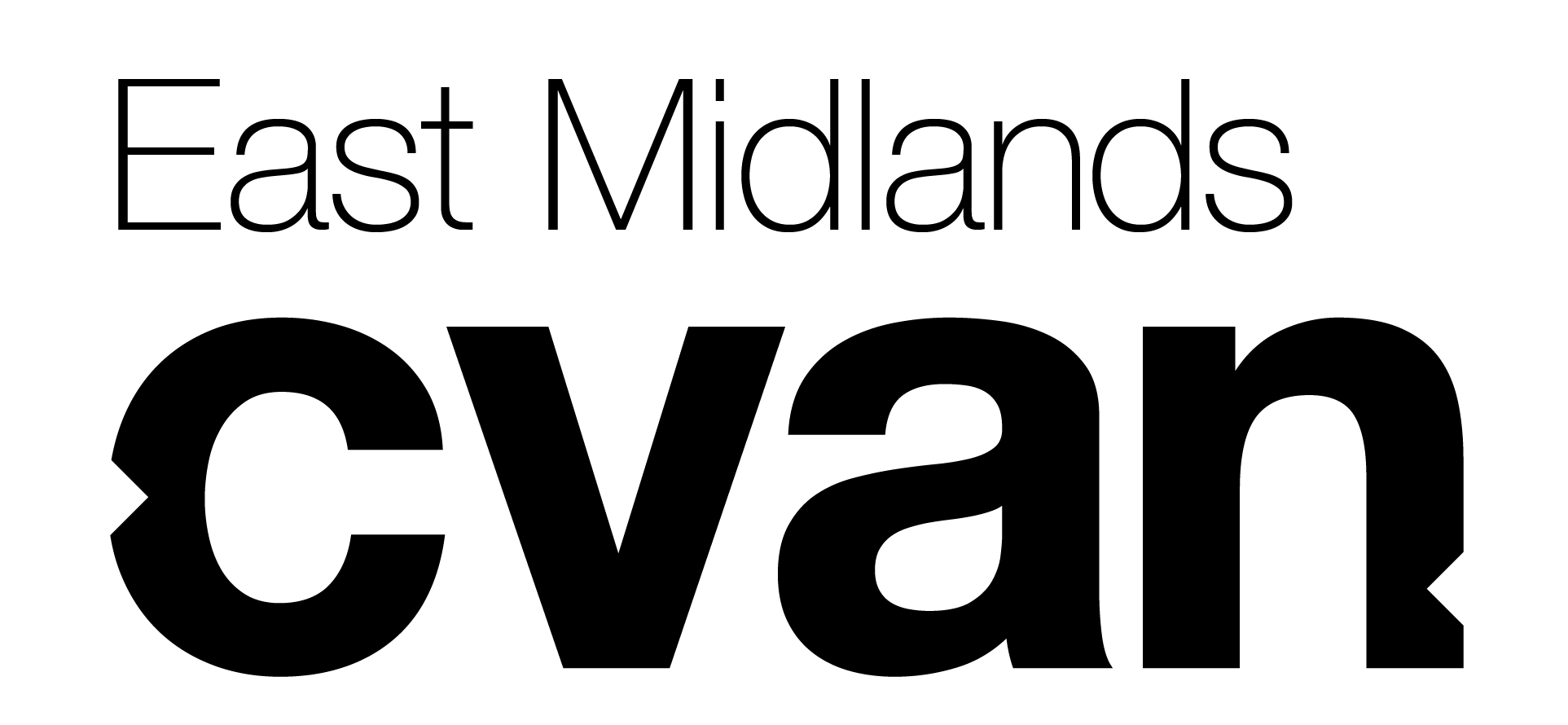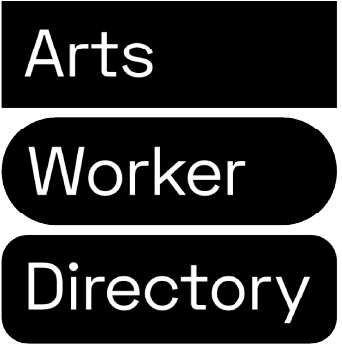Tristram Aver is an artist and curator based in Nottingham. He is currently Exhibitions Curator for Nottingham City Museums. You can follow Tristram on Twitter and on Instagram.
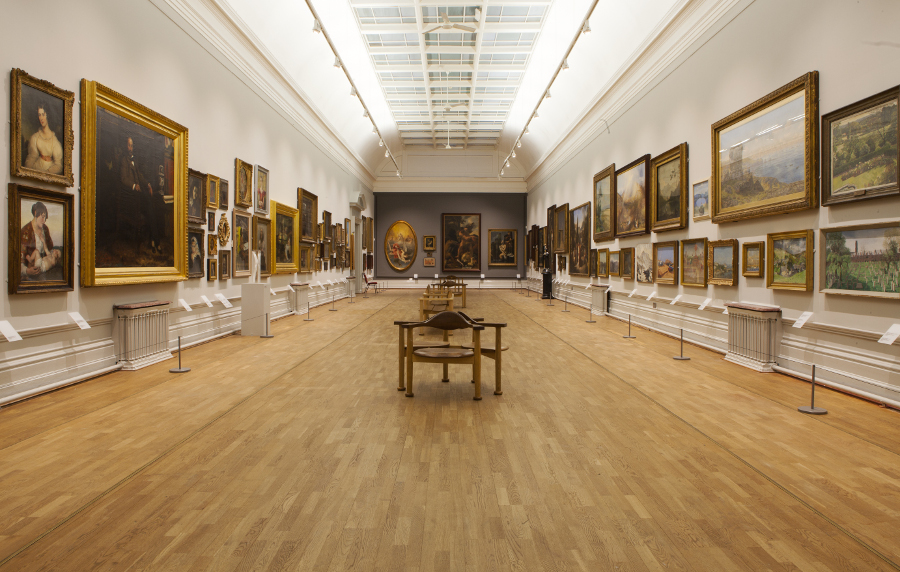
What’s happening behind the scenes at the moment at Nottingham City Museums?
We are currently undergoing an exciting, busy, transitional – and sometimes fraught – period of change as the Museum Service begins to phase into a new direction and focus. As Nottingham Castle will be closed for a £29.4m redevelopment later this year, and upon our first appointment as an ACE NPO, we are now researching new ways to draw attention to the collections and unique visitor offer of our sister sites – Wollaton Hall Natural History Museum & Deer Park, and Newstead Abbey, the ancestral home to the poet Lord Byron.
Collection Curators, Project Teams, Architects, Designers and the Nottingham Castle Trust are busy planning and fundraising for the improved displays in what will be the ‘new’ Castle, whilst other staff are collectively planning the exhaustive task of removing all the content from the existing displays and storerooms before the refit can start. In addition, colleagues based at Newstead and Wollaton are working on a 4-year interpretation and improvement strategy, so it is quite a fast-paced time in our history, reacting to change, and responsive to the way we are, or will be, funded.
From a temporary exhibition perspective, especially as I no longer have ‘formal’ galleries/white cube spaces to work with, my new role is to programme and curate a series of exhibitions, artistic responses and interventions within our sister buildings, heritage sites, grounds, parklands and open spaces. Working slightly differently to the way I have previous curated exhibitions, I am developing ideas to compliment the research we are undertaking with the collections and history of the buildings (and the way we currently use these historic places) which will percolate through to the artists we work with, drawing on and amplifying the strengths and USPs these sites offer. The Trust New Art initiative from the National Trust has, in part, heavily influenced my thinking, especially how contemporary art and craft can sit complimentarily – possibly explicitly – within historic houses, so you can expect some interesting new commissions, collection displays, events and projects from a diverse range of practitioners within, and especially for, our beautiful museum locations.
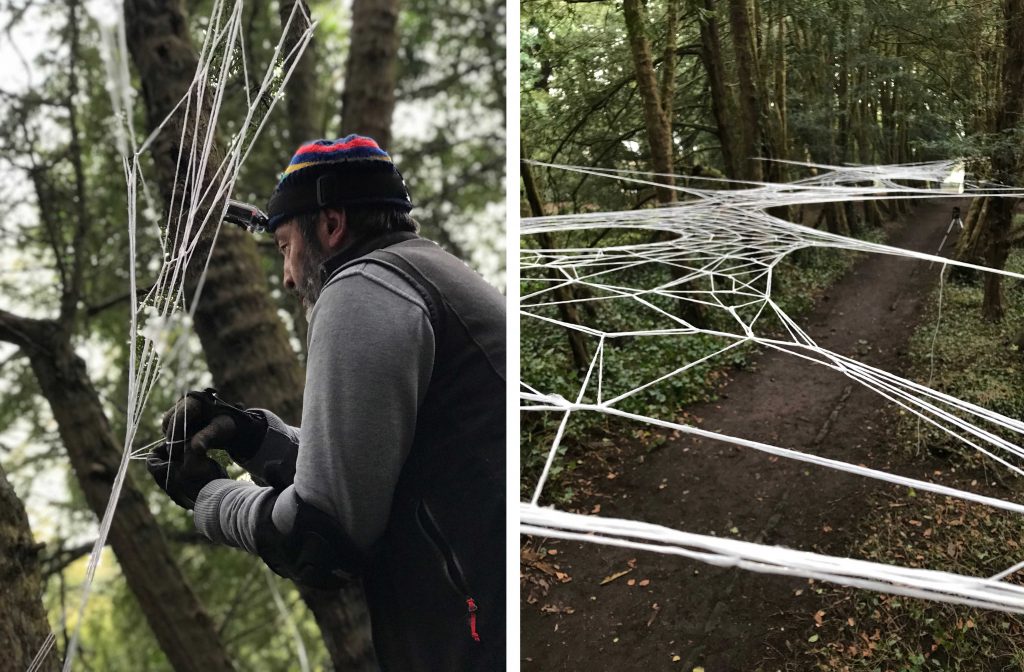
Who are the artists that you are working with at the moment?
We have just launched Lace Unravelled – a symposium and exhibition at Newstead that reflects on the multiple perspectives of lace as a product, an industry, and an inspiration for contemporary creativity. It brought together curators, lace industry experts, academics and artists from the UK, France and Australia to share knowledge about lace and lace making, within the historical context of lace making in Nottingham. Nottingham City Museums holds the largest, most comprehensive archive of machined lace and lace machinery, now officially recognised as a designated, internationally important collection.
The exhibition aspect of this mini-festival, Lace Unveiled, presents work by contemporary artists inspired by lace displayed within the rooms of Newstead Abbey, supported in part with funds from The Grand Tour. These will be shown alongside objects from our world-class Lace Collection, including works by: Lisbon-based Joana Vasconcelos; a video commission by artist Joy Buttress and designer Manolis Papastavrou; new installations by Shane Waltener in the house and grounds (which I had 3 delightful, yet bitterly cold, days assisting Shane amongst the trees in a secluded medieval woodland area, adjacent to Monks Stew Pond); and a textile installation by artist Lucy Brown in Byron’s former dressing room.
Even though the symposium is now over, the Lace Unveiled exhibition runs until 22nd April, so will there will be plenty of time to see it over the Easter period. As an added incentive, our peacock chicks are now ‘teenagers’ so worth going to see them in the cloisters before they are fully grown.
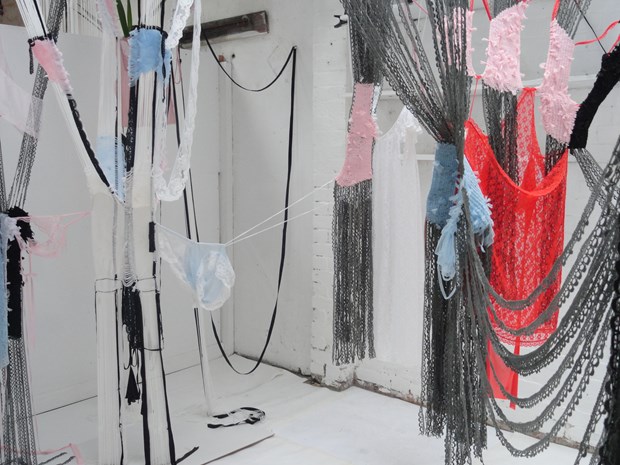
How do you select the artists you work with?
This varies from project to project, but broadly speaking I look for artists who will enjoy and benefit from a collaboration with us and the resources we offer, rather than someone who is only looking for an exhibition venue; their work has to suit and complement our locations (and their limitations), our collections, our staff, our visitors, and in real terms, our budgets. They will also have a connection to themes we are currently working on or the projects we are developing. This may be a contemporary response to a collection/collection display, a way to draw out new stories and/or viewpoints of the history of each site, or someone who may share similar research interests.
I often reach out and follow artists on Instagram, as it is great platform to see how their work is developing, where they are showing, what they are interested in, and how they converse with other people. Having a (formal and informal) personal network of artists, curators and museum professionals is helpful to me in many ways, especially when engaging with artists. Artists promote their work so much better than galleries do, but just remember that nobody likes spam and certain rules of engagement apply! The White Pube published a great astute and frank article recently giving guidance on Social Media (amongst other things), so it is worth reading to fine-tune your online presence.
It is a tough time in museums at present, so we are increasingly looking for artists who are professional, friendly and flexible with an understanding and an appreciation of our work, as our small team of dedicated, passionate and supportive staff we will give this (and more) in return.
What dates should we put in our calendars?
Make sure you head over to Newstead Abbey before April 22nd to see Lace Unveiled. Looking ahead at Newstead, we are working with the Royal Academy to celebrate their 250th anniversary with a selection of our drawings, paintings and prints by RA co-founder and Nottingham-born Paul Sandby (1731 – 1809) from June 16th.
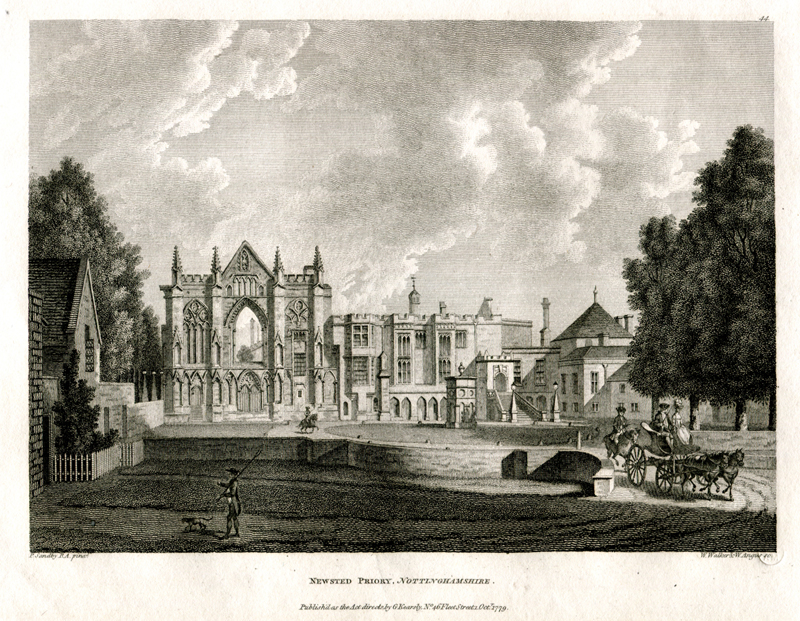
What/who are you excited about?
Spending time in the peace and refuge of parklands and historic houses has been a welcome respite from the energy of the inner City, so engaging with contemporary art in such locations will also be a different, dare I say calmer, experience. The challenges of working in such protected buildings will create unique experiences amongst context and surrounds of each site. This, along with the need to preserve and protect our green spaces and their ecosystems, will also come across in our programming. I’ve had a very encouraging meeting with artist Jason Singh who is attracted to the Natural History Collection, wildlife and unusual spaces at Wollaton (such as the Prospect Room and the Elizabethan tunnels) so looking forward to ongoing conversations with him as he uses sound and performance in such beautiful and inventive ways. We are also in early planning stages of a contemporary photography exhibition, co-curated with Mariama Attah from FOAM, Amsterdam, for 2019, and I am currently working on a partnership with the British Museum and Compton Verney. Transitioning over to the new Museum structure will take some time, but I am brimming with ideas to bring contemporary art and alternative collection displays to these wonderful heritage locations.
What do we need to see more of in the East Midlands?
For years, I’ve had a vision for a Midlands Art Prize, a nationally recognised ‘prize’ platform and exhibition on a par with other significant, geographically restricted art opportunities; our region seems to be the only one who doesn’t have any such platform, but we have an abundance of open-submission style exhibitions. This would bring attention to our indigenous artists and our strong arts ecology, and will help boost investment in our region whilst assisting the careers of the artists working here. I attempted this, in part, with the Nottingham Castle Open when it was a midlands-wide catchment, but there was a lack of harmony or interest amongst both regions to support it, mainly as each venue has their own format or version of an open-style exhibition. Something new is required, a model and approach – possibly by the artists and the artist-led NPOs – born out of our region for the benefit of our region, so with the right funding, framework and support, I hope one day this conversation will arise again.
